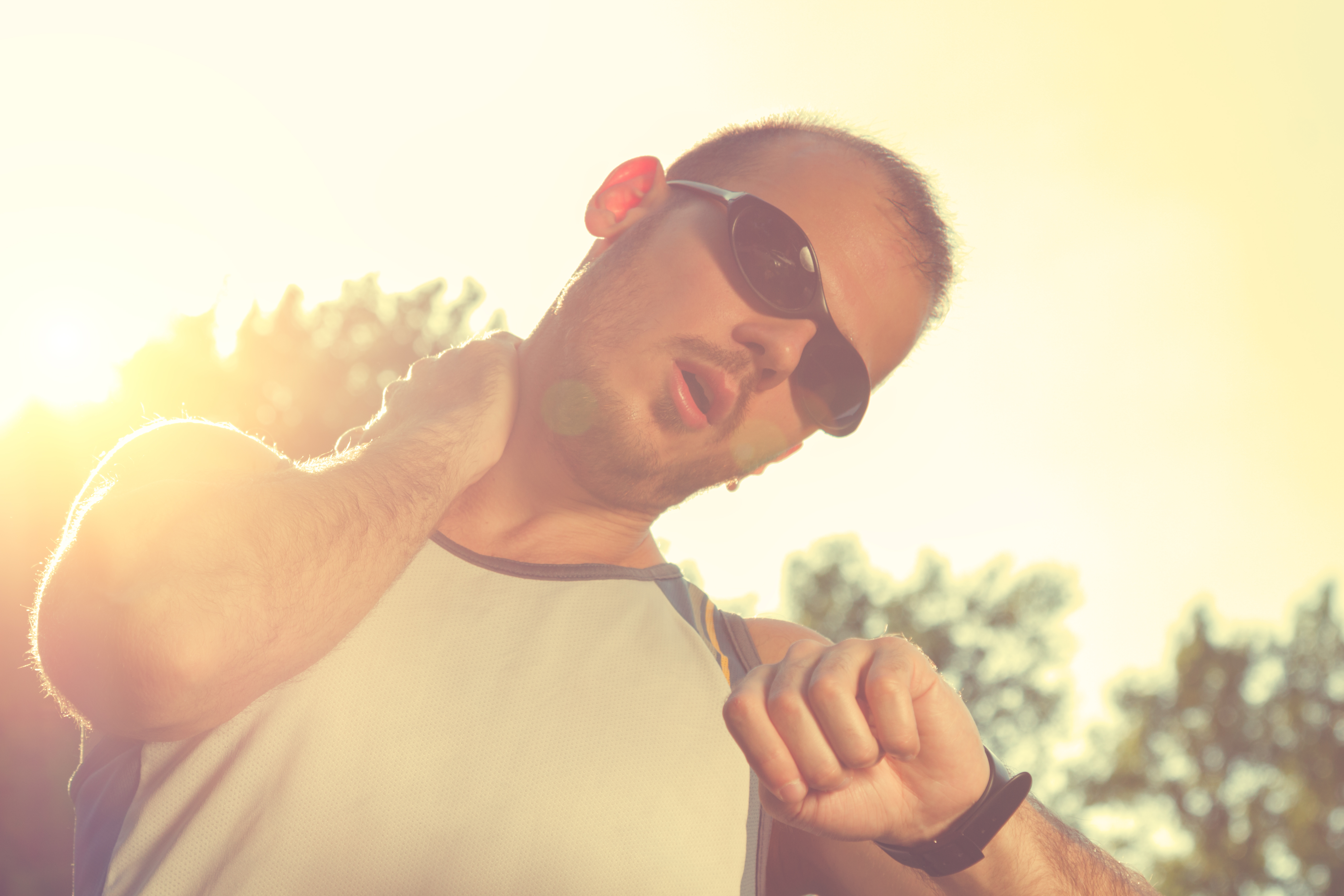Heat stroke occurs when the body becomes dehydrated and is unable to produce enough sweat to cool itself. As a result, the body temperature rises to 104 degrees or higher and a heat stroke can strike.

Heat stroke occurs when the body becomes dehydrated and is unable to produce enough sweat to cool itself. As a result, the body temperature rises to 104 degrees or higher and a heat stroke can strike.
Know the symptoms:
Heatstroke can be prevented through proper sun protection and hydration techniques. In order to do so, please regard the following:
Overview and FactsTypes and SymptomsDiagnosis & MedicationsOverview and Facts Referred pain is a phenomenon where pain is perceived at a [...]
Overview and FactsTypes and SymptomsDiagnosis & MedicationsOverview and Facts Quinoline yellow is a synthetic food colorant commonly used in the [...]
Overview and FactsTypes and SymptomsDiagnosis & MedicationsOverview and Facts Pneumothorax is a condition characterized by the presence of air in [...]